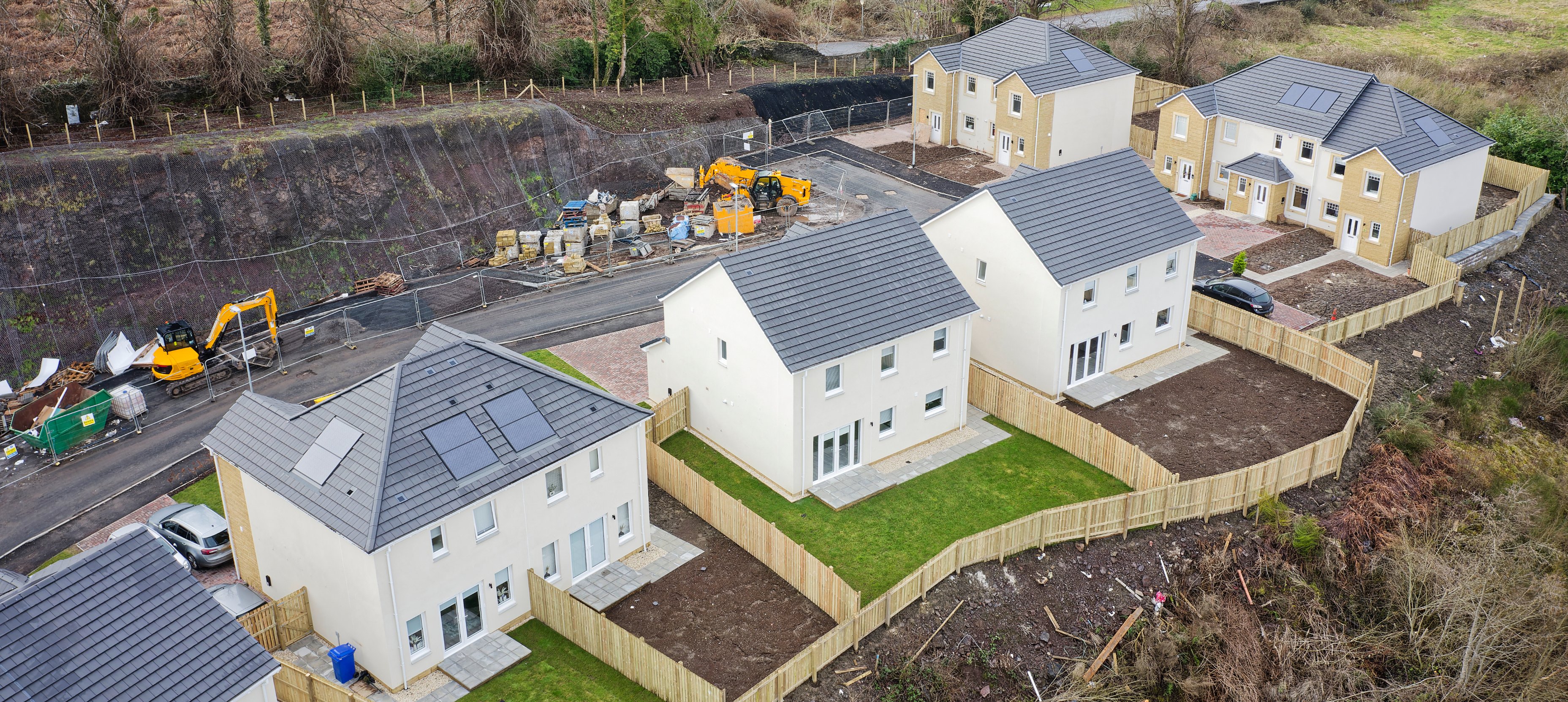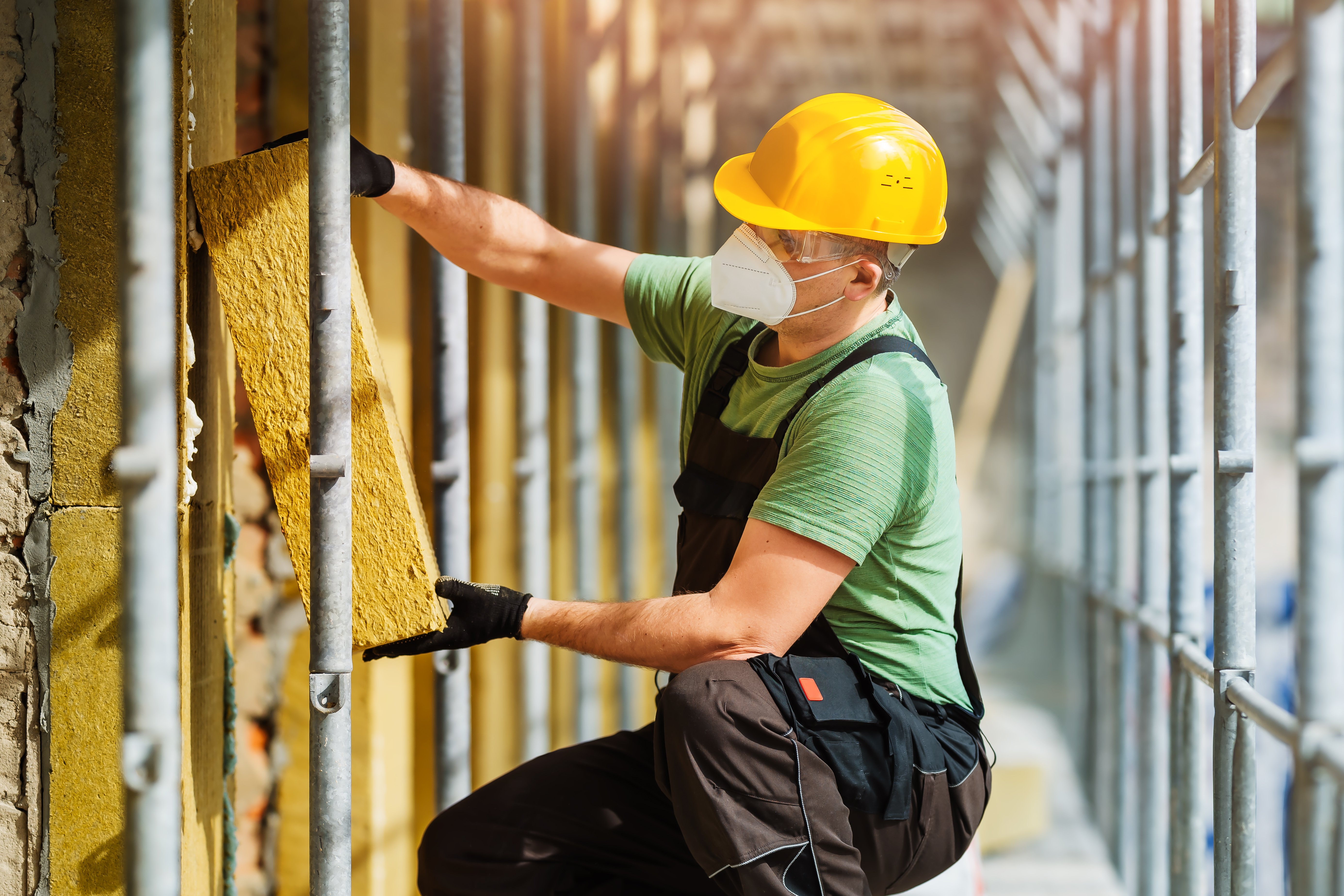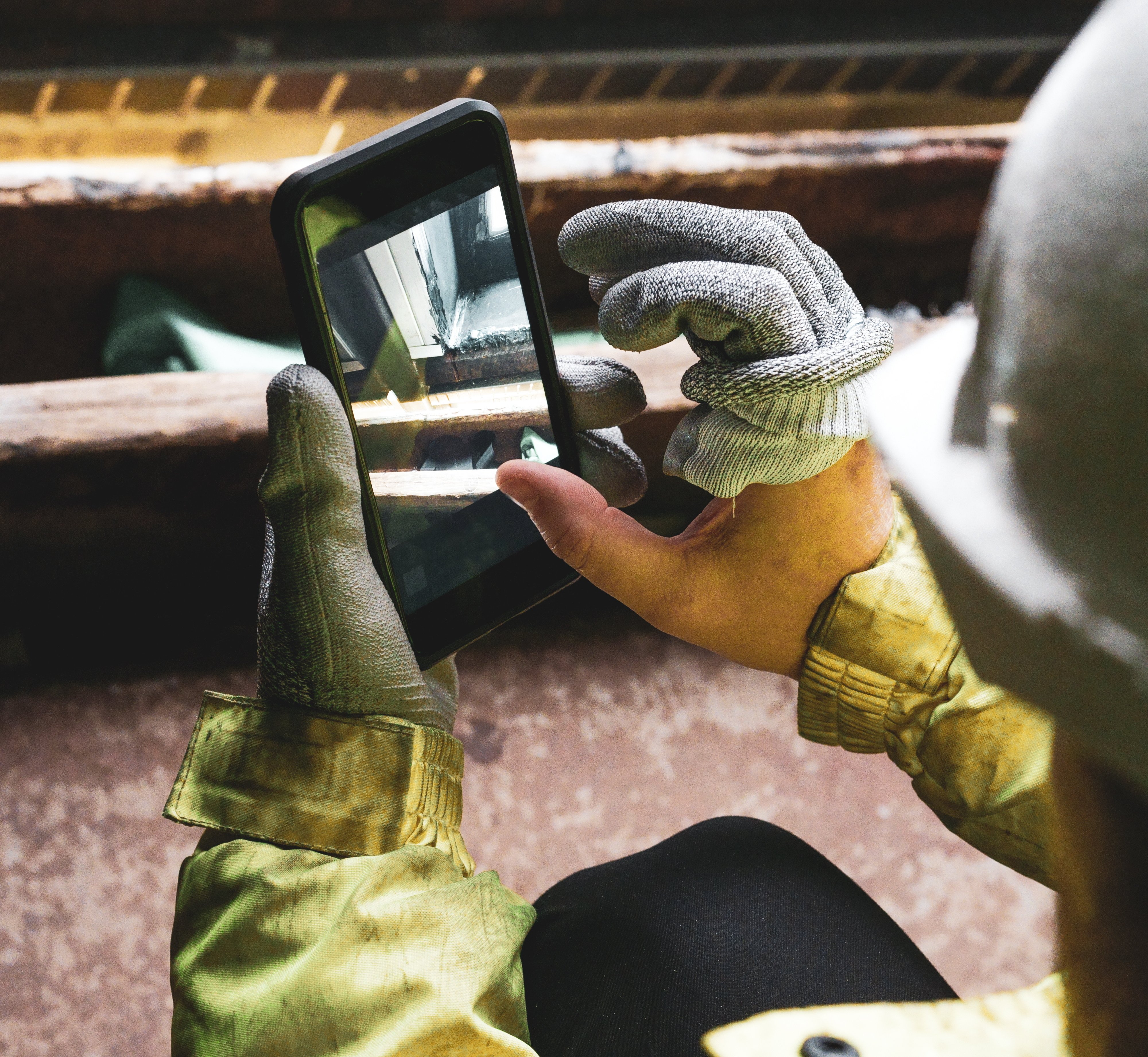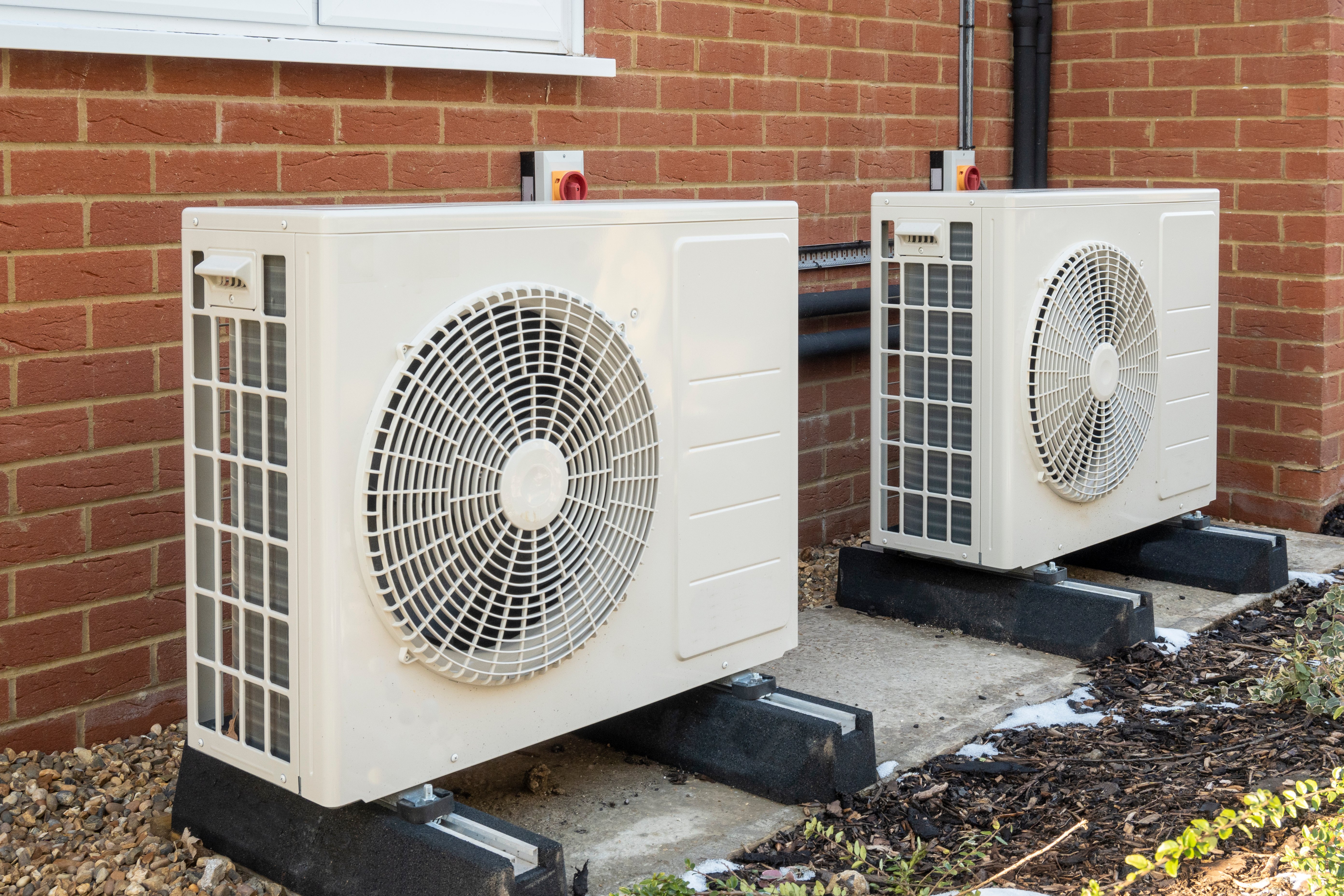Need to understand the latest updates around Part L Wales and what it means for your projects? Look no further.
Here’s everything you need to know about Part L Wales…
Skip to:
When were the changes implemented?
Key documents for Part L Wales
The role of photographic evidence
.png?width=1600&height=1000&name=MicrosoftTeams-image%20(76).png)
When were the changes to Part L Wales implemented?
The latest changes to Part L Wales for domestic properties came into effect on 23rd November 2022.
This applies if you're planning to submit plans to Building Control in Wales on or after November 23, 2022, or if your construction is scheduled to start on or after November 23 2023.
An updated version for non-domestic buildings also came into play on 29th March 2023.
Have a project in England? See our article on the latest changes to Part L England here.
Are there any exemptions?
The changes will not affect building work if a building notice or initial notice has been submitted to the local authority, or if full plans have been deposited, before November 23, 2022, as long as the construction begins before November 23, 2023.

Key documents
Approved Document Part L: Volume 1 - Dwellings
Approved Document Part L: Volume 2 - Buildings other than dwellings
Home Energy Guide Template - A guide to share with homeowners once the dwelling is completed
Approved Software Programmmes - Approved national calculation methodologies and software programs for buildings other than dwellings in Wales
What are the changes?
Adoption of SAP 10 Methodology
Similar to Part L England, The adoption of the SAP 10 methodology, has been put into practice.
Transitional Period of 12 Months
A transitional period of 12 months, following the guidelines outlined in England's Part L, will be in place - this means that you have until November 2023 to
Minimum Energy Efficiency Standard for Newly Constructed Buildings
Newly constructed buildings are obligated to meet a minimum energy efficiency standard, ensuring they attain a minimum Energy Performance Certificate (EPC) rating of B or 81.
Mandatory Airtightness Testing for Newly Built Homes
To validate their effectiveness, mandatory airtightness testing will be conducted for all newly built homes.
Addressing Overheating Risk with Dedicated Document (Part O)
A dedicated document named Part O has been introduced to address concerns specifically related to overheating risk, separate from Part L and SAP.

Implementation of Primary Energy Compliance Measurement
In addition to the existing carbon emissions standard, a new measurement called Primary Energy compliance has been implemented.
Target for Carbon Emission Reduction
There is now a target of achieving a 37% reduction in carbon emissions compared to the 2014 Part L standards, exceeding the 31% reduction mandated in the England update. However, most other changes closely align with those in England.
Selection of Gas Combination Boilers for Optimal Heating
For gas combination boilers, it is essential to select a type capable of adjusting its output to match the heating requirements of the dwelling.
Sizing Requirements for Wet Heating Systems
In instances where wet heating systems are newly installed or completely replaced in existing homes, all system components must be appropriately sized to enable a maximum flow temperature of 55°C or lower.
Enhanced Guidance for Appliance and System Sizing
Enhanced guidance is now available for appropriately sizing appliances and systems in both new construction and renovation projects.

The role of photographic evidence
Photographic evidence during the construction of a property is an important step to keep a record of the building process. These photographs need to be made available to the energy assessor and the building control body.
While anyone can take the photographs, it's typically done by the developer or their representative. It's worth noting that photographs alone cannot replace the necessary site inspections conducted by the building control body.
Here are the recommended construction stages for taking photographs:
Foundations/Substructure and Ground Floor: Take photos to show the thermal continuity and insulation quality in specific areas like the ground floor perimeter edge insulation, external door threshold, and below the damp-proof course on external walls.
External Walls: Capture photos for each main wall type, focusing on thermal continuity and insulation quality at the ground floor-to-wall junction and structural penetrating elements. If insulating materials are inserted after wall construction, the photos should depict clean cavities and brick ties without excessive mortar droppings.
Roof: Document the thermal continuity and insulation quality at the joist/rafter level, as well as the eaves and gable edges for each main roof type.
Openings: Take photos of each opening type (one per wall or roof type is sufficient) to demonstrate thermal continuity and insulation quality.
Want to learn more? We created an article that goes into the details about the requirements for photographic evidence in relation to Part L compliance: Part L Compliance - The Role of Photographic Evidence
A closer look at SAP
The main compliance framework will continue to be TER/DER, similar to before. However, a new requirement called Target Primary Energy Demand (TPER/DPER) will be introduced, following a similar approach as in England.
In addition, there will be a new requirement stating that all Energy Performance Certificates (EPCs) generated in SAP must have a minimum rating of B.
To meet the stricter TER requirements and the new TPER requirement, renewable energy sources will be necessary. Each project will need to include air-source heat pumps and/or solar PV.

Part L Wales U-Values
Changes to Part L Wales also means stricter limits on U-Values, which represent heat loss through building elements.
The summarised table below provides an overview of these limits. Keep in mind that surpassing many of these values will likely be necessary to achieve overall SAP compliance.
New Buildings
Domestic
|
Element type |
Notional Building (W/m2K) |
Area weighted worst case U-values (W/m2K) |
|
Wall |
0.13 |
0.18 (0.21 - flats and apartments) |
|
Floor |
0.11 |
0.15 |
|
Roof |
0.11 |
0.13 |
Non-Domestic
|
Element type |
Notional building - side-lit and unlit activities (W/m2K) |
Notional Building - side-lit and unlit activities (spaces with mechanical cooling (W/m2K) |
Notional Building - top-lit activities (W/m2K) |
Area weighted worst case U-values (W/m2K) |
|
Wall |
0.22 |
0.26 |
0.26 |
0.26 |
|
Floor |
0.22 |
0.22 |
0.22 |
0.22 |
|
Roof |
0.18 |
0.18 |
0.18 |
0.20 |
Existing Buildings
|
Element type |
Domestic - maximum U-value (ADL1 2022) (W/m2K) |
Non-domestic - maximum U-value (ADL2 2022) (W/m2K) |
|
|
Buildings that are essentially domestic in character (W/m2K) |
All other non-domestic buildings (W/m2K) |
||
|
Flat roof |
0.13 |
0.15 |
0.18 |
|
Pitched roof - insulated at ceiling level |
0.13 |
0.15 |
0.15 |
|
Pitched roof - insulated at rafter level |
0.13 |
0.15 |
0.18 |
|
Wall |
0.18 |
0.21 |
0.26 |
|
Floor |
0.15 |
0.18 |
0.22 |
Need to understand Part L U-values for England? Get a summary here: Part L Building Regulations U Values
Conclusion: Part L Wales
Part L Wales represents a significant milestone in the pursuit of energy efficiency and sustainability in the construction industry.
By following these steps and closely adhering to the requirements of Part L regulations in Wales, you can achieve compliance while contributing to a more sustainable built environment.
Need help with Part L compliance? Sablono's powerful features enhance accountability, compliance-proof your workflows and protect against claims. Learn more here: Sablono's construction compliance software


